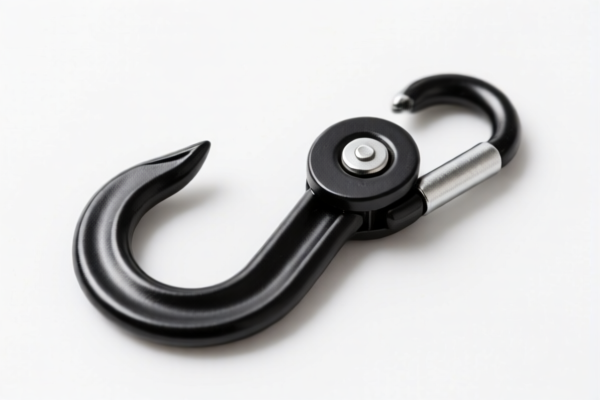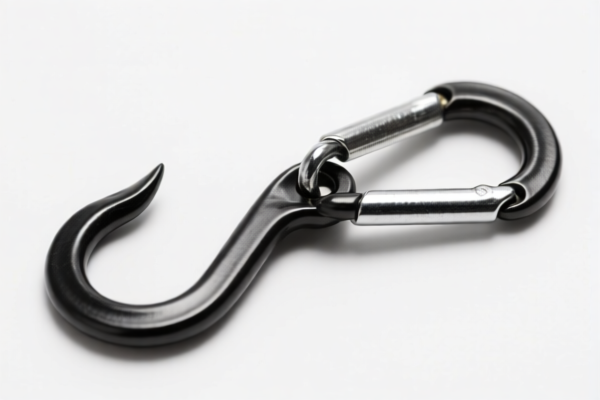| HS Code | Official Doc | Tariff Rate | Origin | Destination | Effective Date |
|---|---|---|---|---|---|
| 9021100050 | Doc | 30.0% | CN | US | 2025-05-12 |
| 9021100090 | Doc | 30.0% | CN | US | 2025-05-12 |
| 6212103000 | Doc | 42.3% | CN | US | 2025-05-12 |
| 6212900010 | Doc | 44.1% | CN | US | 2025-05-12 |
| 9113100000 | Doc | 42.0% | CN | US | 2025-05-12 |
| 9113908000 | Doc | 39.3% | CN | US | 2025-05-12 |
| 9110110000 | Doc | The rate applicable to the complete, assembled movement+30.0% | CN | US | 2025-05-12 |
| 9110120000 | Doc | 46.5% | CN | US | 2025-05-12 |
| 3926201010 | Doc | 30.0% | CN | US | 2025-05-12 |




Wearing Device
A wearing device broadly encompasses any technology designed to be worn on the body, typically with the goal of tracking information, augmenting human capabilities, or providing convenient access to digital functions. These devices have experienced significant growth in recent years, driven by advancements in sensor technology, miniaturization, and wireless communication.
Materials
The materials used in wearing devices vary widely depending on the specific application and intended use. Common materials include:
- Plastics: (Polycarbonate, ABS, TPU) – Used for casings, straps, and flexible components due to their lightweight nature, durability, and moldability.
- Metals: (Aluminum, Stainless Steel, Titanium) – Employed for structural components, housings requiring robustness, and aesthetic elements.
- Textiles: (Nylon, Polyester, Spandex, Conductive Fabrics) – Integrated for comfort, flexibility, and sensor integration, particularly in smart clothing.
- Silicones & Elastomers: Used for straps, seals, and comfortable interfaces against the skin.
- Glass & Ceramics: Used for display screens and protective surfaces.
- Electronic Components: (Processors, Sensors, Batteries, Wireless Modules) – Essential for functionality, typically miniaturized and integrated within the device.
Purpose & Function
The core purpose of wearing devices is to extend human capabilities and provide information in a convenient, hands-free manner. Key functions include:
- Health & Fitness Tracking: Monitoring vital signs (heart rate, sleep patterns, activity levels, blood oxygen), providing workout metrics, and offering personalized health insights.
- Communication: Receiving notifications, making calls, sending messages, and providing voice assistance.
- Navigation: Providing directions, location tracking, and mapping features.
- Augmented Reality: Overlaying digital information onto the real world, offering interactive experiences.
- Industrial Applications: Providing hands-free access to information, remote control capabilities, and safety monitoring.
- Entertainment: Providing music playback, gaming experiences, and immersive content.
Usage Scenarios
Wearing devices are utilized across a broad spectrum of applications:
- Consumer Wellness: Everyday health and fitness tracking, sleep monitoring, stress management.
- Sports & Athletics: Performance analysis, real-time feedback, and training optimization.
- Healthcare: Remote patient monitoring, chronic disease management, and rehabilitation support.
- Enterprise & Industrial: Hands-free operation of equipment, safety alerts, and workflow optimization.
- Military & First Responders: Situational awareness, communication, and data collection in challenging environments.
- Fashion & Lifestyle: Integrating technology into clothing and accessories for aesthetic and functional purposes.
Common Types
- Smartwatches: Wrist-worn devices offering a wide range of features, including health tracking, notifications, and app support.
- Fitness Trackers: Dedicated devices focused on monitoring physical activity, sleep, and basic health metrics.
- Smart Glasses: Head-mounted displays providing augmented reality experiences, information overlays, and hands-free access to digital content.
- Head-Mounted Displays (HMDs): Used for virtual reality (VR) and augmented reality (AR) applications, offering immersive experiences.
- Smart Clothing: Garments integrated with sensors and electronics for health monitoring, performance tracking, and environmental sensing.
- Hearables: Advanced earbuds offering noise cancellation, audio enhancement, and health tracking features.
- VR/AR Gloves: Gloves equipped with sensors for hand tracking and interaction in virtual and augmented reality environments.
- Bio-sensing Patches: Adhesive patches that monitor vital signs and physiological data.
- Implantable Devices: (e.g., pacemakers, neural implants) – Devices surgically implanted for medical purposes.
The declared goods are described as a “wearing device”. Based on the provided reference material, the following HS codes may be relevant:
- 9021100050: This HS code falls under Chapter 90, which covers Orthopedic appliances, including crutches, surgical belts and trusses; splints and other fracture appliances; artificial parts of the body; hearing aids and other appliances which are worn or carried, or implanted in the body, to compensate for a defect or disability; parts and accessories thereof. Specifically, it covers Orthopedic or fracture appliances, and parts and accessories thereof Bone plates, screws and nails, and other internal fixation devices or appliances. This could apply if the wearing device is used for medical support or rehabilitation. The total tax rate is 30.0%.
- 9021100090: This HS code also falls under Chapter 90, covering Orthopedic appliances, including crutches, surgical belts and trusses; splints and other fracture appliances; artificial parts of the body; hearing aids and other appliances which are worn or carried, or implanted in the body, to compensate for a defect or disability; parts and accessories thereof. Specifically, it covers Orthopedic or fracture appliances, and parts and accessories thereof Other. This could apply if the wearing device is a medical appliance not specifically categorized as a bone plate, screw, or nail. The total tax rate is 30.0%.
- 6212103000: This HS code falls under Chapter 62, covering Brassieres, girdles, corsets, braces, suspenders, garters and similar articles and parts thereof, whether or not knitted or crocheted. Specifically, it covers Brassieres: Containing lace, net or embroidery: Containing 70 percent or more by weight of silk or silk waste. If the wearing device is a type of supportive garment made with significant silk content, this code may be applicable. The total tax rate is 42.3%.
- 6212900010: This HS code falls under Chapter 62, covering Brassieres, girdles, corsets, braces, suspenders, garters and similar articles and parts thereof, whether or not knitted or crocheted. Specifically, it covers Other Of cotton or cotton and rubber or plastics (359). If the wearing device is a supportive garment made of cotton or a cotton blend with rubber or plastics, this code may be applicable. The total tax rate is 44.1%.
- 3926201010: This HS code falls under Chapter 39, covering Other articles of plastics and articles of other materials of headings 3901 to 3914. Specifically, it covers Articles of apparel and clothing accessories (including gloves, mittens and mitts): Gloves, mittens and mitts: Seamless Surgical and medical. If the wearing device is a seamless surgical or medical glove or mitt, this code may be applicable. The total tax rate is 30.0%.
Regarding HS code 6212103000 and 6212900010, the material composition is a key factor in determining the correct classification. Regarding HS code 3926201010, please note that the device must be seamless and specifically designated as surgical or medical.
Customer Reviews
No reviews yet.